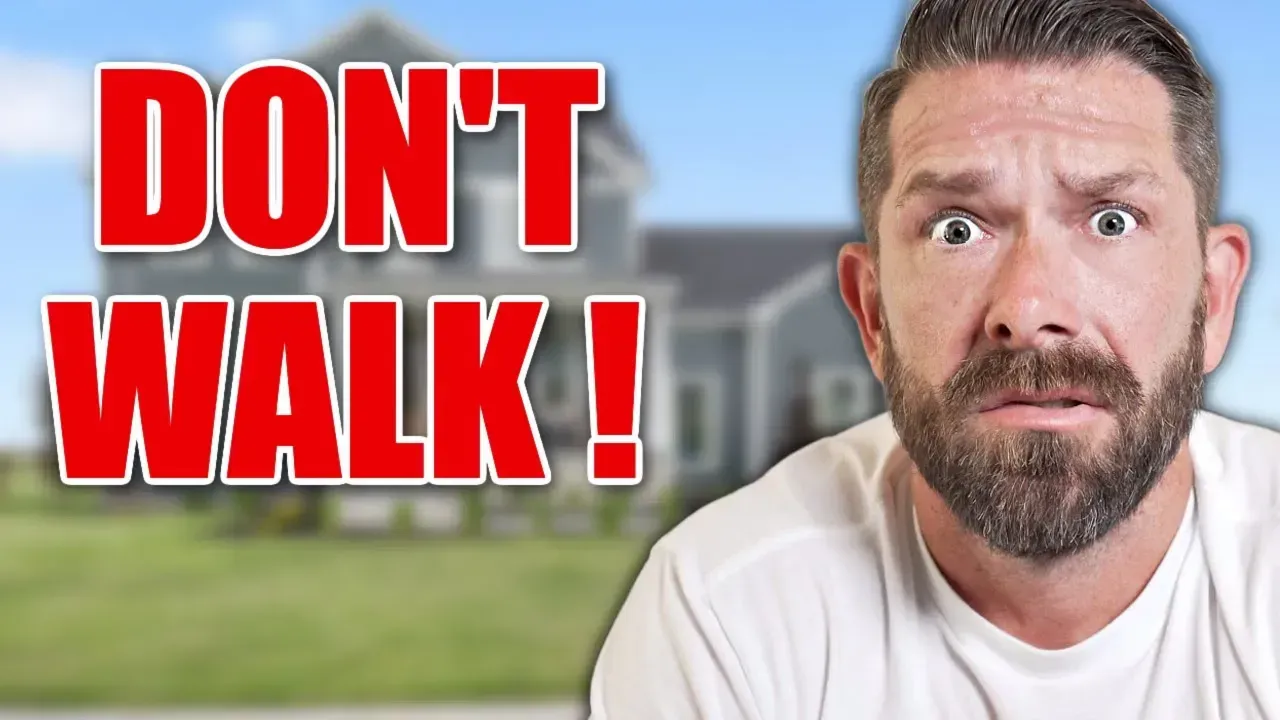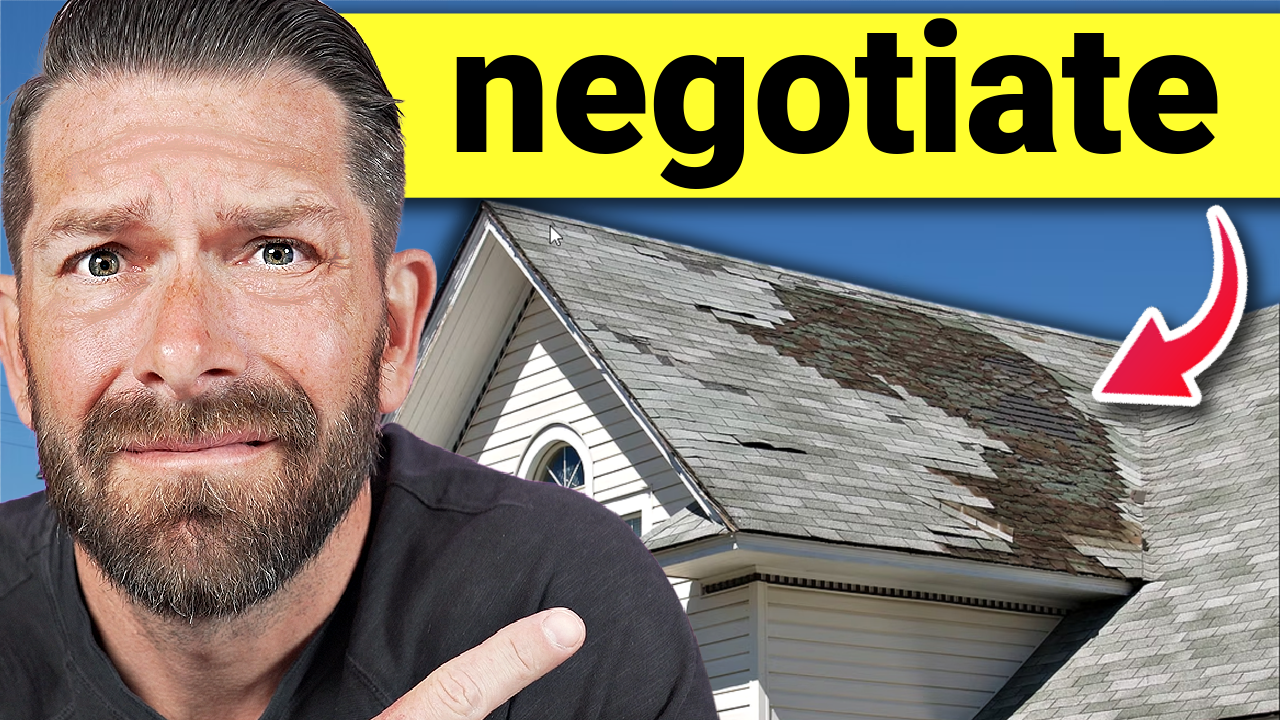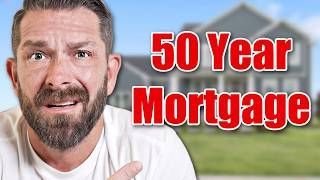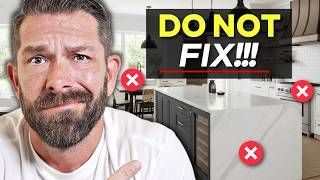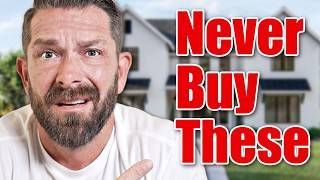The Flooring Mistake That Can Destroy Your Home's Value (And What to Do Instead)
Get The Latest OC Housing Report
The Flooring Mistake That Can Kill Your Home’s Value—And What to Do Instead
When it comes to preparing your home for sale—or simply maximizing its long-term value—few things carry more weight than flooring. The wrong flooring choice can turn off buyers before they’ve even taken a full tour. In fact, poor flooring can kill your home’s value, while the right choice can elevate it to a premium listing. Let’s break down the top flooring mistakes homeowners make, the flooring trends that sell homes, and how to choose the best option for your property.
In this guide, we’ll cover:
- The best flooring types for increasing home value
- The worst flooring choices (and why they cost you thousands)
- How to choose flooring based on your market
- Real stories from the field—including one that may surprise you
🎥 Want the expert breakdown in video form? Watch the full episode below:
👇 Drop your thoughts in the comments or hit subscribe for weekly real estate tips from a 20+ year SoCal agent.
Why Flooring is the First (and Sometimes Final) Impression
After over two decades selling homes in Southern California, I can confidently say flooring is one of the most underrated value drivers in a home. It’s visual. It’s emotional. It sets the tone for everything that follows.
Buyers are making decisions quickly. A clean, cohesive floor plan with the right material can make your home feel larger, brighter, and more modern—even if the layout hasn’t changed.
On the flip side? The wrong flooring can cause buyers to walk out, even if every other room is staged to perfection.
The Best Flooring for Home Value (Top 3 Picks)
1. Real Hardwood
Why buyers love it: timeless, durable, and refinishable. Hardwood has always been associated with luxury and longevity. Whether it’s original 1950s wood hiding under old carpet or today’s wide-plank oak, real hardwood is a crowd-pleaser.
- It lasts for decades.
- It can be sanded and refinished multiple times.
- It creates flow and consistency when extended through the house.
Best rooms for hardwood: Living areas, bedrooms, even kitchens. Bathrooms? Less so. If water is a concern, area rugs near sinks are a smart workaround.
2. Engineered Hardwood
Why it's great: Real hardwood look at a slightly lower price. The top layer is real wood; underneath is a composite core for improved moisture resistance and easier installation.
- Better for humid climates than solid wood
- Can be refinished—but usually only once or twice
- Ideal balance of appearance and cost
3. Luxury Vinyl Plank (LVP)
The breakout star in modern home sales: LVP is durable , waterproof , affordable , and it looks almost identical to hardwood. Most buyers can’t even tell the difference.
LVP is especially popular among:
- Families with kids or pets
- Sellers wanting a high-end look on a tighter budget
- Buyers who want move-in-ready flooring they won’t need to touch
Bonus: LVP can be installed over tile or old flooring in some cases—saving time and labor costs.
The Flooring Choices That Destroy Value
1. Cheap Ceramic or Porcelain Wood-Look Tile
While it might seem like a good idea, ceramic tiles that mimic wood grain are often too cold, too hard, and too difficult to remove. Worse yet, they can date a property if the style is too trendy or the installation is too busy.
Biggest issue: Poor installation and aggressive grout lines can make floors feel overwhelming.
2. Wall-to-Wall Carpet
We get it—some people love carpet in bedrooms. But when entire homes are covered in carpet, most buyers immediately start doing mental math on how much it’ll cost to rip it out.
What’s acceptable:
- Fresh, neutral carpet in bedrooms (if replacing old or stained carpet)
- Never in kitchens, bathrooms, or living areas
Pro tip: If you love the comfort of carpet in the bedroom, try an oversized area rug. You get the comfort without sacrificing resale value.
3. Cheap Laminate, Peel-and-Stick, or Sheet Vinyl
If it feels flimsy underfoot, looks cheap, or wears quickly—it’s not doing you any favors. Budget flooring options signal to buyers that corners were cut elsewhere too.
Worst offenders:
- Peel-and-stick vinyl squares
- Low-grade laminate with visible wear patterns
- Thin sheet vinyl with bubbles or discoloration
What Buyers Are Actually Thinking When They See Bad Floors
Imagine you’re house hunting. You walk into a home, and the flooring is gray porcelain tile with aggressive veining and a glossy finish. It’s everywhere. You immediately start thinking:
- “How much will it cost to rip this out?”
- “Will I have time to replace it before I move in?”
- “Why did they choose this? What else did they cheap out on?”
This exact scenario played out in a home my wife and I bought recently. We floated LVP over the tile instead of removing it, saving thousands and dramatically improving the look.
How to Choose the Right Flooring for Your Home
1. Match the Style of Your Home
Farmhouse homes call for rustic woods. Coastal homes shine with lighter tones. Mid-century? Think clean, warm finishes. The flooring should feel like it “belongs.”
2. Keep It Consistent
Choose one flooring that can run through most of the house. Transitions between different flooring types chop up the space and make homes feel smaller.
3. Think Neutral, Not Trendy
Skip ultra-dark espresso floors (they show every footprint). Avoid cool gray tones that are fading in popularity. Instead, choose neutral mid-tone woods that blend with a variety of styles.
4. Talk to an Expert
A real estate agent or interior designer who understands your local market is invaluable. They’ll know what sells—and what doesn’t—in your neighborhood.
Pro Tips Before You Buy Flooring
- Order extra flooring. You’ll thank yourself later if you need to replace a few planks or extend into other rooms.
- Choose durability over trendiness. Kids, pets, and real life will test your floors—choose accordingly.
- Don’t go too cheap. Buyers can feel it. And if they see you cheaped out on the floors, they’ll assume you cut corners elsewhere too.
Final Thoughts: Flooring Can Make or Break Your Sale
You don’t need to break the bank to add value through flooring—but you do need to be strategic. The best flooring for home value is the one that:
- Enhances the flow and light of your home
- Feels great underfoot
- Photographs beautifully online
- Appeals to the broadest number of buyers
Luxury vinyl plank (LVP) checks nearly every box in today’s market, but don’t underestimate the power of timeless hardwood or quality engineered options.
🚨 Thinking about replacing your floors before listing your home? Start by talking to a real estate expert who knows your area. Click here to get connected with a top agent.
Still Not Sure What to Do?
Check out our video where I share even more about the biggest design mistakes that can sabotage your home sale.
And remember—buying or selling a home isn’t just a transaction. It’s an emotional decision. Set your space up for success from the ground up.
Until next time, buy right, renovate smart, and build long-term wealth. 👋

